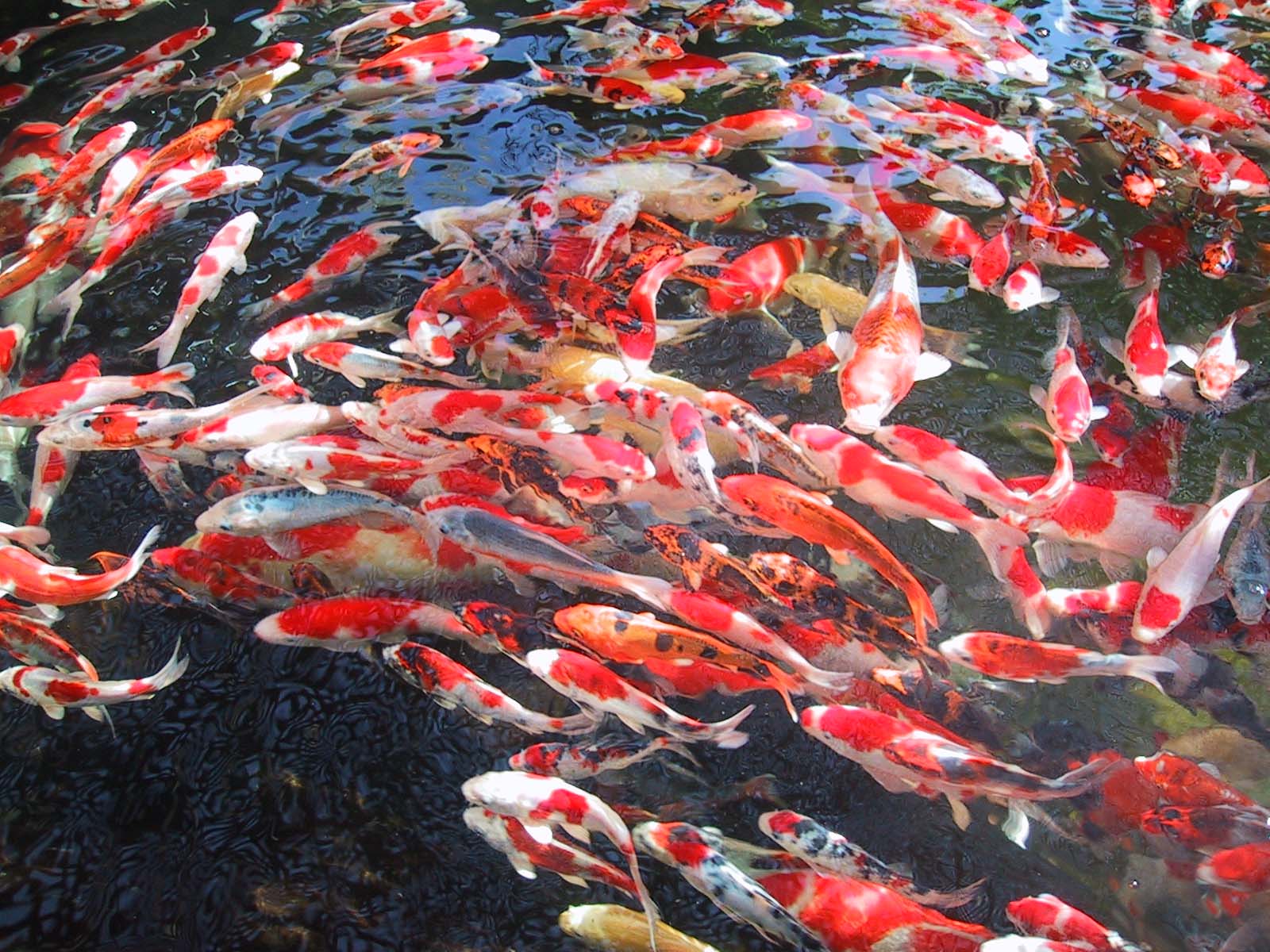
The Ultimate Guide to Koi Pond Testing: Everything You Need to Know
Introduction
If you have a koi pond, maintaining the water quality is essential for the health of your fish. Testing your pond regularly will help you detect any potential hazards before they affect your fish. However, koi pond testing can be overwhelming for beginners. In this guide, we will go over everything you need to know about testing your koi pond.
Why test your koi pond?
Testing your koi pond regularly is crucial for maintaining a stable environment for your fish. By testing the water quality, you can detect any issues early on, such as high ammonia or nitrate levels, which can harm your fish’s health. Testing also helps you determine the right balance of pH, hardness, and alkalinity in the water, which is important for the overall health of your pond ecosystem.
What to test for?
There are several parameters that you should test for in your koi pond, including:
- pH
- Ammonia
- Nitrite
- Nitrate
- Hardness
- Alkalinity
These parameters can be tested using either test strips or liquid testing kits. Test strips are generally easier and quicker to use, but liquid testing kits are more accurate.
When to test?
You should test your koi pond at least once a week, especially during the first few weeks after the pond’s installation. Once the pond stabilizes, you can reduce the frequency of testing to once every two weeks or once a month, depending on the size of your pond and the number of fish you have.
How to test?
Testing your koi pond is a fairly straightforward process. Follow these steps:
- Step 1: Remove a water sample from your pond using a clean container.
- Step 2: Dip the test strip into the water or add the testing liquid to the water sample as indicated by the kit’s instructions.
- Step 3: Wait for the recommended amount of time before comparing the color of the strip or liquid to the reference chart provided with the kit.
- Step 4: Record the results and take the necessary actions to correct any issues you find.
How to correct water quality issues?
If you detect any water quality issues during the testing process, you should take immediate actions to correct them. Here are some common water quality issues and their solutions:
High Ammonia Levels
High ammonia levels in your koi pond can be detrimental to your fish’s health. To reduce ammonia levels, you should:
- Stop feeding your fish for a few days.
- Add beneficial bacteria or a biological filter to break down the ammonia.
- Do a partial water change to dilute the ammonia concentration.
High Nitrite Levels
Like ammonia, high nitrite levels can also be harmful to your fish. To reduce nitrite levels, you should:
- Stop feeding your fish for a few days.
- Add beneficial bacteria or a biological filter to convert nitrite to nitrates.
- Do a partial water change to dilute the nitrite concentration.
High Nitrate Levels
High nitrate levels are less harmful to your fish than ammonia or nitrite, but they can still affect their health in the long run. To reduce nitrate levels, you should:
- Do a partial water change to dilute the nitrate concentration.
- Add plants to absorb the excess nitrates.
- Upgrade your filtration system to remove nitrates more effectively.
Low pH or Hardness Levels
Low pH or hardness levels can affect the health of your fish and the stability of your pond ecosystem. To increase pH or hardness levels, you can:
- Add baking soda or sodium bicarbonate to raise pH and hardness levels.
- Add crushed coral or seashell to increase hardness levels.
- Add limestone or oyster shell to raise pH and hardness levels.
Conclusion
Testing your koi pond regularly is crucial for maintaining a healthy environment for your fish. By testing for the right parameters, you can detect any potential issues early on and take the necessary actions to correct them. Remember to test your pond regularly, at least once a week, and take immediate actions if you detect any water quality issues. With a little effort, you can keep your koi pond healthy and thriving for years to come.







